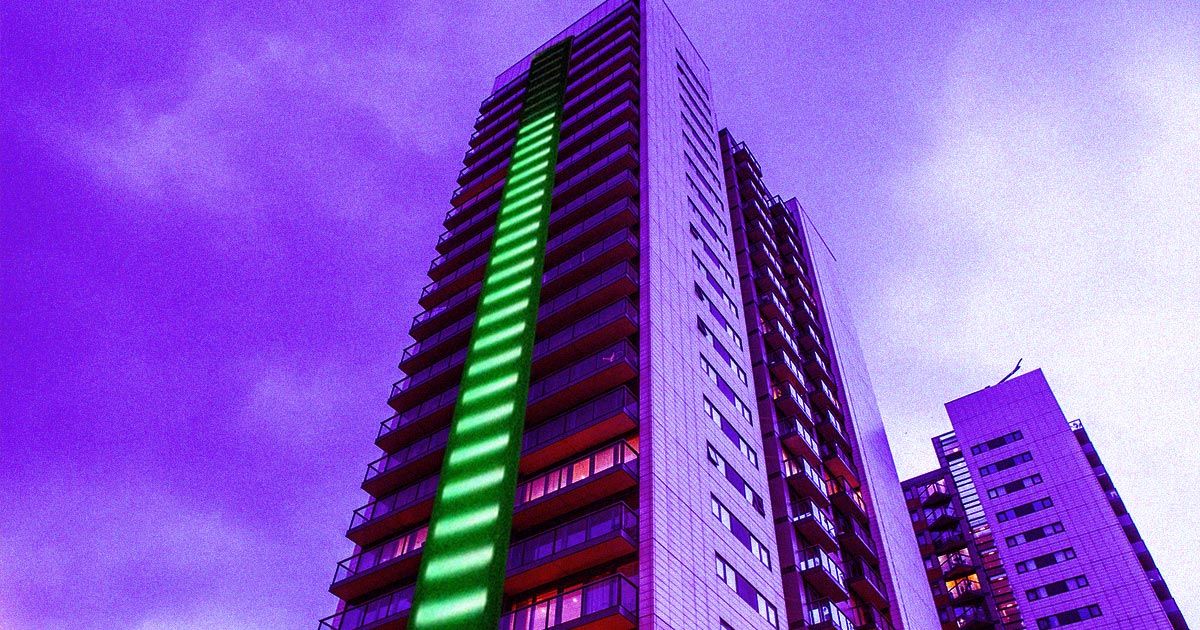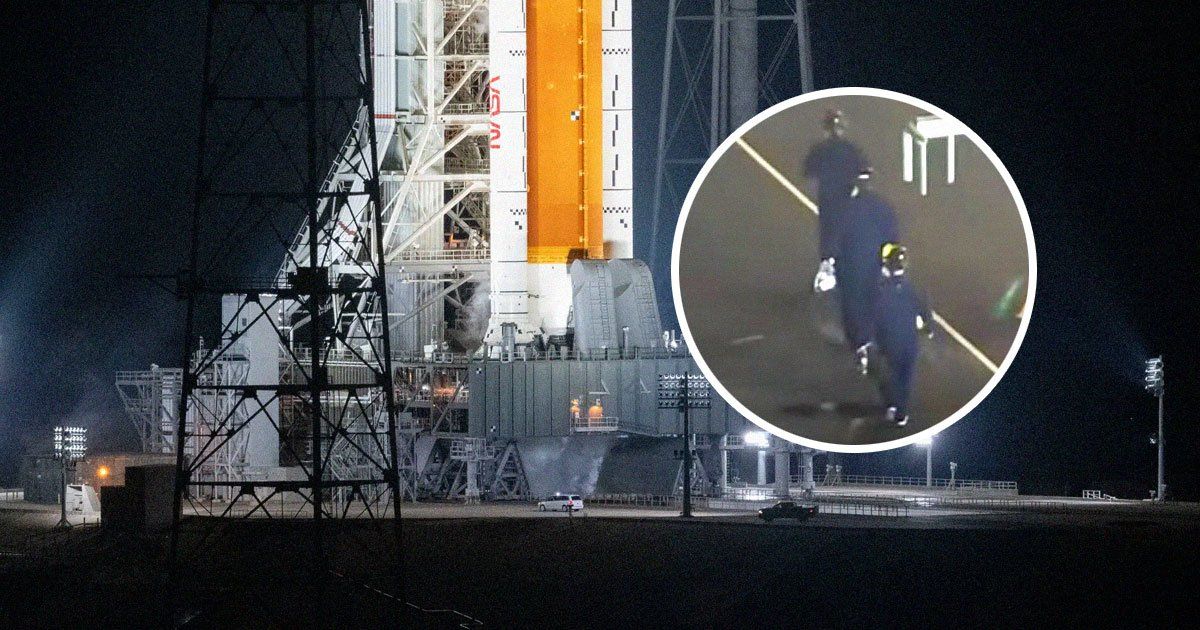
Here’s how it works.
High Rise Battery
Researchers have come up with an ingenious idea to tackle our renewable energy storage woes — effectively turning skyscrapers into massive gravity-powered batteries.
A team from the International Institute for Applied Systems Analysis (IIASA) in Austria suggest to take advantage of the vertical height of tall buildings, a system they’ve dubbed the Lift Energy Storage Technology (LEST).
The idea is to have autonomous robots load heavy ballasts into existing elevators when demand for power is low and store them at the top of the building. When energy usage peaks, these weights could then be added back to the elevators and lowered back down, generating extra electricity through a generator.
The LEST system could allow individual buildings to greatly lower their dependence on the central grid, the scientists say, particularly during peak hours, while also allowing us to store more renewable energy in built up areas — but, as always, the devil is in the detail.
Up and Down
It’s a deceptively simple idea that makes use of existing infrastructure.
“The concept of LEST came to me after having spent a considerable amount of time going up and down in a lift since recently moving into an apartment on the 14th floor,” said IIASA researcher Julian Hunt, lead author of a new paper published in the journal Energy , in a statement.
But there are plenty of details that still need to be ironed out before high rises can be turned into giant batteries. For one, the team still has to figure out where weights for the system can be stored at the top of the building when the system is fully charged. Then there’s the issue of spreading out the weight enough to make sure the ceilings don’t collapse.
Despite the limitations, though, the team is optimistic.
“Environmentally friendly and flexible storage technologies like LEST are set to become more and more valuable to society in a future where a large share of its electricity comes from renewables,” said study coauthor Behnam Zakeri in the statement.
“Therefore, policymakers and power system regulators need to adopt strategies to incentivize end users, in this case, high-rise buildings, to share their distributed storage resources, such as LEST, with the central grid,” Zakeri added.
READ MORE:
Turning high-rise buildings into batteries
[IIASA]
More on gravity batteries: Ingenious Electric Train Fully Charges Itself by Rolling Downhill With Heavy Load





